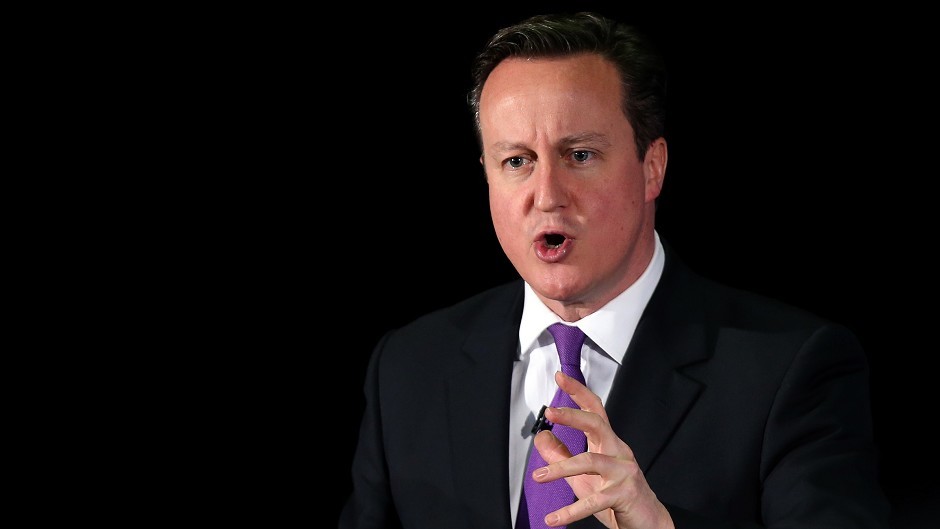David Cameron has said he believes a deal can be done to go ahead with televised leaders’ debates during the general election campaign, if Northern Ireland is included.
The Prime Minister – who has been accused by critics of seeking to dodge the debates – insisted he was saying “Yes” to taking part, but blamed the broadcasters for putting forward a proposal which “doesn’t quite make sense”.
Mr Cameron previously objected to the plans for three debates put forward last October by the four major broadcasters, because they included a spot for Ukip leader Nigel Farage but not for the Greens’ Natalie Bennett.
Now the broadcasters are proposing a revised 7-7-2 format, under which two debates hosted by BBC and ITV would feature the leaders of the Conservatives, Labour, the Liberal Democrats, Ukip, the Greens, the Scottish National Party and Plaid Cymru, and a third on Channel 4 and Sky would pit Mr Cameron against Ed Miliband in a head-to-head clash of the two men most likely to emerge as prime minister.
Mr Cameron said this raised the question of why Northern Irish parties were not included. The Democratic Unionist Party, which has eight MPs in the House of Commons, has already protested at its exclusion, when parties such as the SNP, Plaid Cymru, Ukip and the Greens were invited, despite having a smaller representation in Parliament.
Asked when he would finally agree to take part in the debates, the PM told BBC1’s Breakfast: “I am saying ‘Yes’.
“I think they are a good thing. We need to have these discussions so we agree who is in and the format and the rest of it.
“It was the broadcasters that decided not only to include the Greens, but they then decided to include Plaid Cymru from Wales and the SNP from Scotland and I think the Labour Party and myself both made the point that you can’t have one part of the UK – Scotland or Wales – without having another part – Northern Ireland.
“The broadcasters have decided that they want to set the terms for these debates and that is obviously their right to try and do that.
“But if they suggest something that doesn’t quite make sense, then it is perfectly fine, I think, for other people to point out some of the issues.”
Asked if he believes an agreement on formats can be reached, Mr Cameron replied: “I think the deal could be done, yes.”
He added: “I do want to say ’Yes’ … I think we have made good progress, we should let these talks continue and conclude and then we can get on with the debates.”
